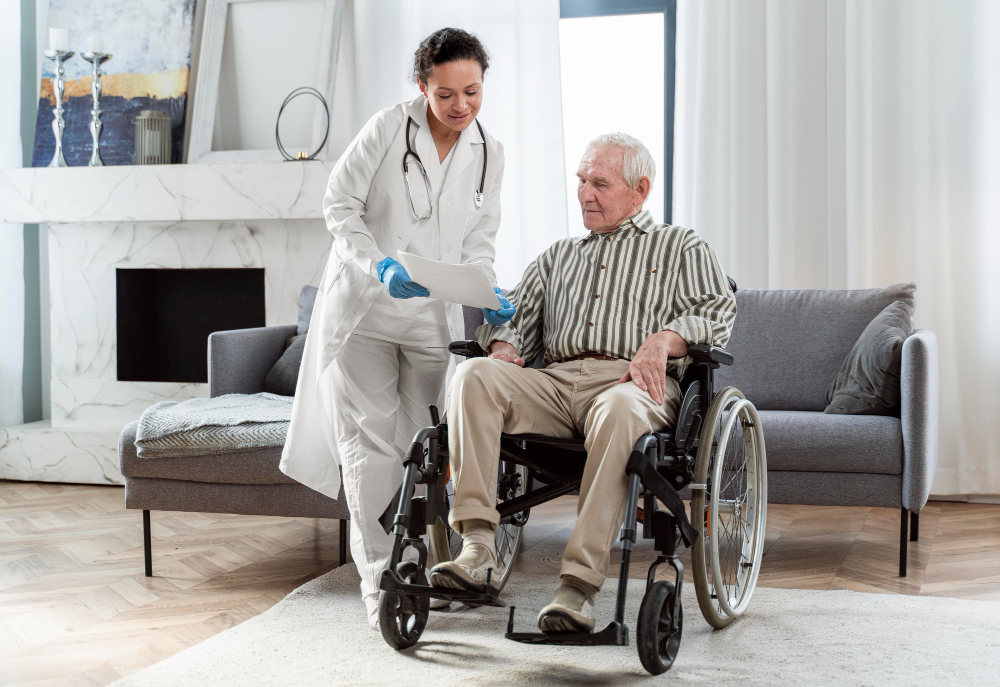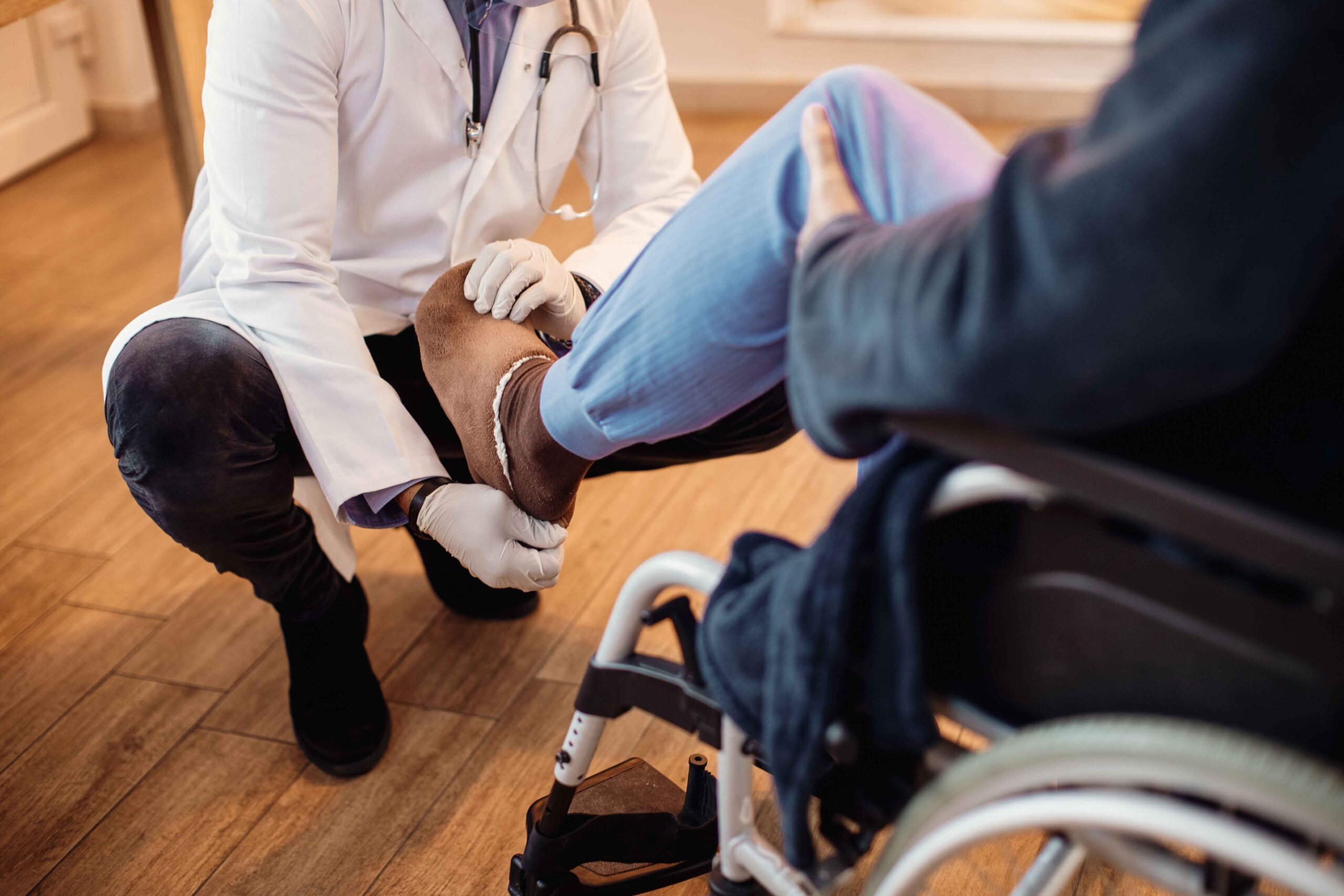
Last updated on by MRC
Losing the ability to speak due to paralysis can be one of the most challenging aspects of recovery. Communication is fundamental to daily life, yet conditions like stroke, brain injuries, or neurological disorders can make it difficult for patients to express their thoughts and needs. Speech rehabilitation plays a crucial role in helping paralysis patients regain their communication abilities, improving their quality of life and confidence.
Speech therapy for paralysis focuses on retraining the brain and muscles responsible for speech, using targeted exercises and techniques. Whether it’s improving pronunciation, strengthening vocal cords, or finding alternative communication methods, the right approach can lead to significant progress. Let’s learn actionable solutions that can help paralysis patients overcome speech difficulties.
Paralysis can affect speech due to muscle weakness, loss of coordination, or cognitive impairments. Some common speech-related issues in paralysis patients include:
Since every patient’s condition is unique, speech therapy for paralysis patients need a customized approach to address their specific speech impairments.
Also Know: What Signs Indicate a Need for Speech Therapy?
Speech therapy often includes exercises that target the muscles responsible for speaking. These exercises help regain strength and control over speech.
Consistently practicing these activities can improve muscle control and speech clarity over time.
Breath control plays a crucial role in speech production. Many paralysis patients experience weak or strained voices due to reduced lung capacity.
Developing better breath support through speech rehabilitation can enhance vocal endurance and reduce voice fatigue.
Clear speech depends on proper pronunciation, and therapy includes targeted techniques to enhance articulation.
By incorporating communication speech therapy, patients can improve their pronunciation and make their speech more understandable.
For patients who struggle with verbal communication, alternative methods can be life-changing.
Using these tools as part of speech therapy for paralysis ensures that patients can communicate in different ways while working on speech recovery.
Speech difficulties are not just physical—cognitive challenges like memory loss and difficulty processing words also play a role.
By integrating cognitive training into speech therapy techniques, patients can improve both their speech and mental processing abilities.
Speech recovery doesn’t happen in isolation. Encouraging patients to engage in social conversations boosts confidence and reinforces therapy progress.
Daily practice and encouragement make a huge difference in the success of speech therapy for paralysis patient programs.
Get A Comprehensive Guide to Speech Therapy Techniques—Rehab India
Speech recovery is most effective when combined with a well-rounded rehabilitation approach. MRC (Medical Rehabilitation Center) in Kolkata provides specialized care for paralysis patients, offering speech therapy in Kolkata alongside physiotherapy and pain management services.
MRC operates with a multidisciplinary team to address all aspects of paralysis treatment, from diagnostics and medical interventions to surgical rehab. Their integrated approach ensures that patients receive personalized therapy in a comfortable environment, 365 days a year.
Regaining speech after paralysis requires patience, consistency, and the right support. With speech rehabilitation, tailored speech therapy techniques, and alternative communication methods, paralysis patients can rebuild their ability to speak and connect with others.
Every small improvement is a step towards greater independence. Whether it’s practicing exercises daily, using communication aids, or seeking professional therapy, progress is always possible. Encouraging and supporting speech recovery can make a significant impact on a patient’s life, helping them regain not just their voice but also their confidence.
Communicate with speech-impaired patients using simple language, gestures, and visual aids. Encourage them to use writing, picture boards, or speech devices. Maintain patience, eye contact, and a calm tone to ensure they feel understood and comfortable.
Broca’s area, located in the left hemisphere, is associated with speech production and articulation.
Speech therapy sessions typically last 30 to 60 minutes, depending on the patient’s needs and therapy goals. The frequency may range from 2 to 5 sessions per week, based on the severity of the speech impairment and progress over time.
Speech therapy can be stopped when a patient achieves their communication goals, gains functional independence in speaking, or shows no further improvement despite consistent efforts. The decision should be made in consultation with a speech therapist based on progress and daily communication needs.









